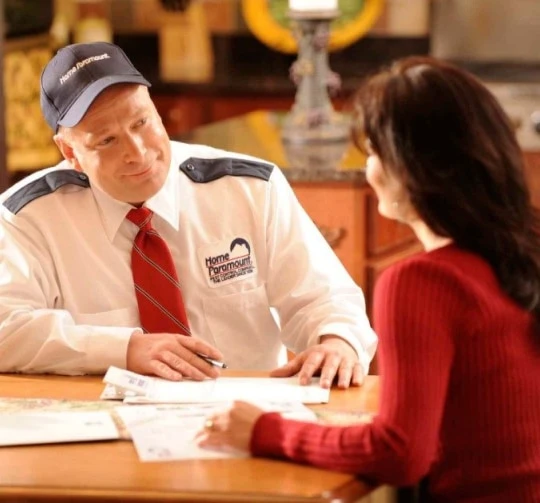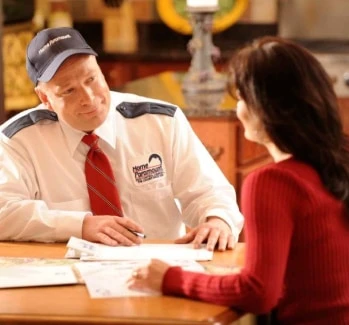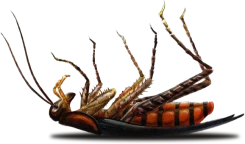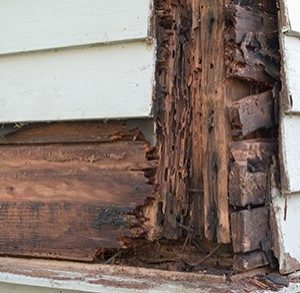Getting to know… Termites
Fast Facts
- Eastern subterranean termite colonies have been estimated to contain from 60,000 to 5 million workers.
- Colonies can cover an area of 25,000 square feet with a foraging distances of 230 feet.
- The annual cost for control and repair to termite damaged structures in the U.S. is more than $5 billion.
- A large colony of eastern subterranean termites can consume about 1 lb. of wood daily.
- Termites will feed on anything containing cellulose, the main component of wood.
Seeing things?
Swarmers
Often, people are alerted to a subterranean termite infestation by the presence of winged termites, known as swarmers or alates. Swarmers are the reproductive caste in a eastern subterranean termite colony and appear in spring. The swarmers emerge from underground colonies in order to mate and establish new colonies. They are attracted to light so are often found along window sills, doors, light fixtures and vents.
Ant swarmers are often confused with termite swarmers. You can usually distinguish a termite swarmer by 3 key features – its thick waist, straight antennae and wings of equal size.
Mud Tubes
Subterranean termites build mud tubes to protect themselves from predators and from drying out (they require high humidity). These mud tubes are made of soil, saliva and excrement and serve as a highway for the termites from their colony to their food source. They connect the ground to the wood and are a common sign of an infestation.
Mud tubes are often found where the sill plate joins the foundation wall, where support beams meet the floor, behind baseboards and in cracks and joints.
Damage
Often, damage is hidden and goes unnoticed. If you discover damage behind walls or under floorboards, it may not necessarily be from an active infestation. It is important to find evidence of live termites to determine whether the damage is old or from an existing infestation.


Why Choose Us?
Providing Reliable Pest & Wildlife Solutions Since 1939
At Home Paramount Pest Control, we have been dedicated to delivering reliable pest and wildlife management solutions for over 80 years. Our long-standing presence in the industry speaks volumes about our commitment to excellence and customer satisfaction. When you trust our team, you can always count on:
- Customized solutions to suit your specific needs
- Same-day service availability for pest infestation emergencies
- High-quality green products that are safe for the environment
- Complimentary pest inspections
- Affordable financing solutions tailored to your budget
Call us at 888-888-4663 to get started with a free pest inspection for your property today!
Learn More



